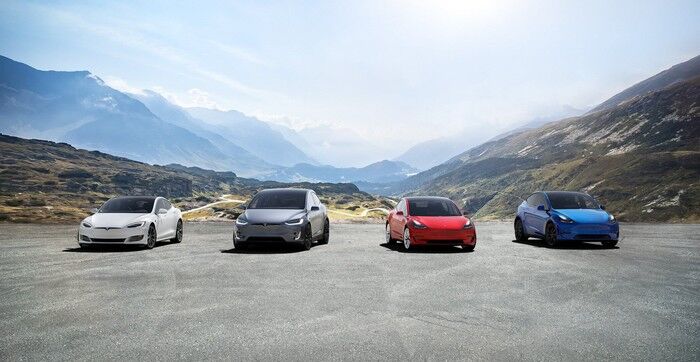Read The Full Article On: Zdnet
The future is electric, and carmakers aren’t letting traditional concerns about weight slow them down.
Remember GM’s electric gem, the EV1? It was a cool vehicle, decidedly ahead of an industry that would continue to drag its feet in the galumphing slog toward inevitable electric vehicle dominance.
It also looked something like a well-funded college science team’s first-place entry. The car wasn’t exactly a featherweight at around 3000 pounds, but it was clearly designed with weight and aerodynamics in mind. A full 1,175 pounds of the car’s total weigh-in was battery weight thanks its lead acid bank (a later version replaced the lead acid bank with lithium.) As a result, everything else about the vehicle had to be trimmed to the bone.
It seemed for a while that would be the fate of electric and hybrid-electric vehicles into the foreseeable future. So it might seem puzzling that electric car makers seem to have largely cast off concerns over weight — and in fact are embracing decidedly heavy vehicles. The Audi e-tron weighs in at a whopping 6000 pounds, more than many midsized trucks.
What gives? Why aren’t electric car makers watching the scales anymore like a prize fighter’s fretting manager?
A new report from Lux Research, “Electric Vehicle Lightweighting 2030,” provides some good answers while analyzing the future of vehicle lightweighting, the industry’s term for putting development cars on strict diets. The answer comes down to power efficiencies that, it turns out, are more than enough to offset the benefits of lightweighting.
“Battery electric vehicles (BEVs) are overwhelmingly more efficient than internal combustion engine (ICE) vehicles due to regenerative braking and more efficient motors and are increasingly outgrowing the issue of limited range,” says Anthony Schiavo, Senior Analyst at Lux. “Materials companies need to start planning for a fully mature BEV space.”
According to the research, we’ll see roughly a 15% increase in battery pack energy densities over the next decade. That means car companies can increase range or reduce size and keep range the same. Lux modeled both scenarios and determined that in order for lightweighting to be a cost-effective solution against batteries by 2030, it would need to cost, on average, less than $5 per kilogram of weight saved.
Salesforce’s annual TrailheaDX developer event usually draws thousands of coders, admins, and architects to San Francisco. But this year in the wake of the COVID-19 pandemic, TDX (as the conference is also called) joined other major tech events, such a…eBooks provided by TechRepublic
In other words, saving on weight won’t cease to be a priority, but it will be de-emphasized as developers have more levers to pull. The weight saving strategies will also start to focus on specific parts of the vehicle that offer best value for weight savings. The same will be true for robots, which have long been constrained by similar energy density challenges.
“We predict vehicle structure will be an opportunity for high-strength steel and aluminum, as they provide weight reductions at minimal cost,” Schiavo continues. “Bumpers are expected to benefit from design advancements that utilize glass fiber, carbon fiber, and thermoplastics. Other material priorities, such as sustainability, durability, and end-of-life issues, however, will take priority over lightweighting by 2030.”
One benefit of a reduced focus on lightweighting may be increasing manufacturing efficiencies. Electric vehicles will more commonly be designed around shared rolling frames or platforms in the future, such as Volkswagen’s MEB – a shared battery architecture it plans to use for its BEV fleet.

